CAMBRIDGE UNIVERSITY PRESS
Cambridge, New York, Melbourne, Madrid, Cape Town, Singapore, So Paulo, Delhi, Tokyo, Mexico City
Cambridge University Press
The Edinburgh Building, Cambridge cb2 8ru, uk
Published in the United States of America by Cambridge University Press, New York
www.cambridge.org
Information on this title: www.cambridge.org/9780521111973
Cambridge University Press 2011
This publication is in copyright. Subject to statutory exception and to the provisions of relevant collective licensing agreements, no reproduction of any part may take place without the written permission of Cambridge University Press.
First published 2011
Printed in the United Kingdom at the University Press, Cambridge
A catalogue record for this publication is available from the British Library
Library of Congress Cataloguing in Publication data
Handbook of atypical parkinsonism / [edited by] Carlo Colosimo, David E. Riley,
Gregor K. Wenning.
p. ; cm.
Includes bibliographical references and index.
ISBN 978-0-521-11197-3 (hardback)
1. Symptomatic Parkinsons disease. I. Colosimo, Carlo. II. Riley, David E.
III. Wenning, Gregor K. IV. Title.
[DNLM: 1. Parkinsonian Disorders diagnosis. 2. Diagnosis, Differential.
3. Parkinsonian Disorders therapy. WL 359]
RC382.H34 2011
616.8

33dc22 2010042838
ISBN 978-0-521-11197-3 Hardback
Cambridge University Press has no responsibility for the persistence or accuracy of URLs for external or third-party internet websites referred to in this publication, and does not guarantee that any content on such websites is, or will remain, accurate or appropriate.
Every effort has been made in preparing this book to provide accurate and up-to-date information which is in accord with accepted standards and practice at the time of publication. Although case histories are drawn from actual cases, every effort has been made to disguise the identities of the individuals involved. Nevertheless, the authors, editors and publishers can make no warranties that the information contained herein is totally free from error, not least because clinical standards are constantly changing through research and regulation. The authors, editors and publishers therefore disclaim all liability for direct or consequential damages resulting from the use of material contained in this book. Readers are strongly advised to pay careful attention to information provided by the manufacturer of any drugs or equipment that they plan to use.
Preface
This defining handbook of atypical forms of parkinsonism continues a journey towards the understanding of pathogenesis, and ultimately the cure, of these rare, largely sporadic and universal diseases of late life.
It is a journey begun 50 years ago in Toronto by neurologist J Clifford Richardson, who recognized an unusual constellation of neurological symptoms in a friend. As Richardson puzzled about its features of progressive supranuclear palsy of gaze and bulbar muscles, axial dystonia, gait impairment and dementia, he identified 3 other patients with similar symptoms and realized their illness was an unrecognized neurodegenerative syndrome. He resisted opinions by neuropathologist colleagues that it was a variant of postencephalitic parkinsonism, and in 1962 he asked Jerzy Olszewski, the new professor of neuropathology at the Banting Institute, and me as his resident to examine the seven cases that were by then identified. We found the histopathology of neurofibrillary degeneration and gliosis in brainstem and subcortical nuclei was quite as distinctive as the clinical syndrome, but we could not be certain if it was a primary neurodegenerative disease like Alzheimers, or an infection akin to scrapie which was just then beginning to be described.
Interest in progressive supranuclear palsy (PSP) has expanded since our description in 1964, and during the past 45 years its features have been vigorously investigated by an increasing number of neuroscientists using new biological techniques and studies that are facilitated by internet communication and international meetings. In 2010 we have learned PSP is a 4R tauopathy. Richardsons syndrome, as he originally described in 1963, is its principal manifestation but PSP disease also includes diverse phenotypes of isolated parkinsonism, corticobasal degeneration, pure akinesia, frontotemporal dementia and progressive nonfluent aphasia. Furthermore we have learned Richardsons syndrome is not unique to PSP disease, and it occurs also in (ALS)/Parkinsonism-dementia of Guam and in Guadeloupean parkinsonism.
As multiple system atrophy and corticobasal degeneration have been defined and studied in similar fashion to PSP, and as they are compared with the classical neurodegenerations of Parkinsons disease (PD), Alzheimers disease (AD) and ALS, remarkable similarities are recognized between them.

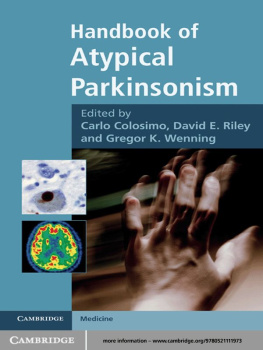


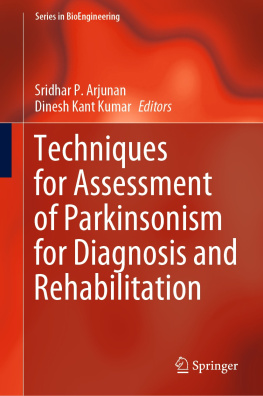

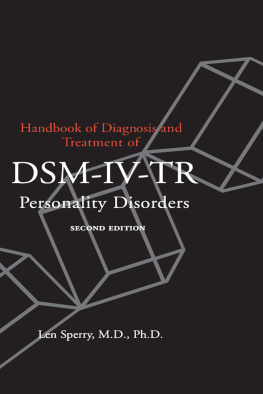
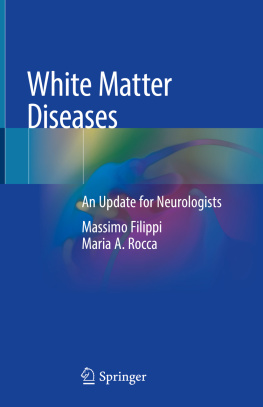
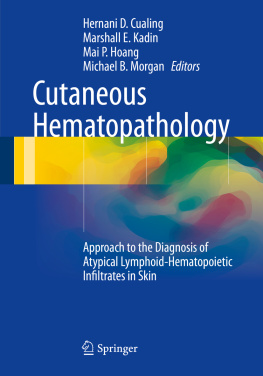

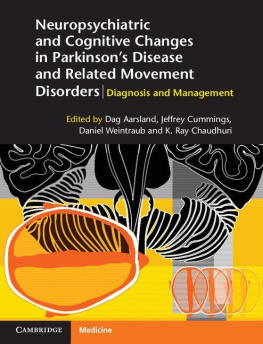
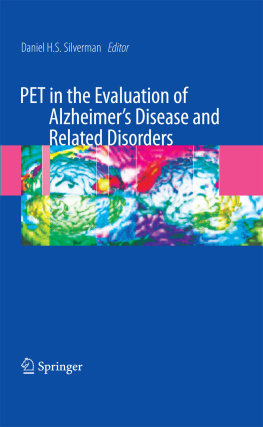
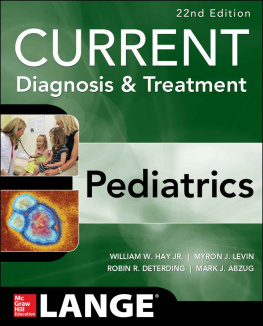

 33dc22 2010042838
33dc22 2010042838